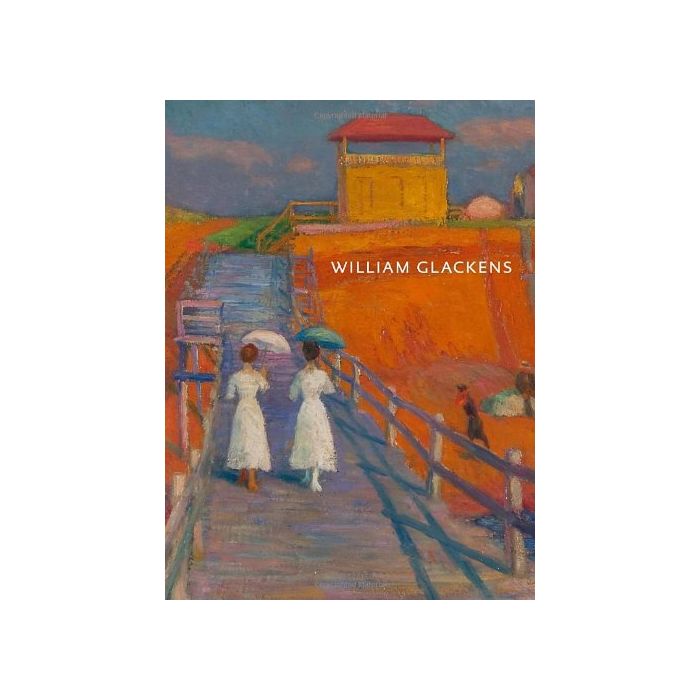My Cart
Your cart is empty
Looks like you haven't made your choice yet.
- Subtotal
William Glackens

- Rizzoli
More Information
| Publisher | Rizzoli |
|---|---|
| ISBN | 9780847842612 |
| Publication date | February 2014 |
| Edition | Hardback |
| Dimensions | mm |
| Illustrations | 200 col.ill. |
| Pages | 288 |
| Language(s) | Eng. ed. |
Description
A monumental new monograph accompanying the first major retrospective in fifty years of the work of William Glackens, an important American realist painter. This richly illustrated volume provides a comprehensive introduction to William Glackens (1870-1938), one of the liveliest and most influential American painters of the early twentieth century. A founder of the Ashcan School, along with painters such as Robert Henri and John Sloan, Glackens was crucial to the introduction of modern art in the United States through his collaboration with Albert C. Barnes and his championing of landmark exhibitions of American and European avant-garde art. The finest examples of his works over a fifty-year career, including paintings previously unknown to the general public, are reproduced here-from intimate nudes, portraits, and figure studies to vivid still lifes, vibrant street scenes, and landscapes, in which he captured people and their surroundings with matchless spontaneity and spirit. The book features essays by important scholars examining the artist's relationship with French painting, his social observation and interest in costume, his depiction of women, and his role as a tastemaker.

William Glackens
